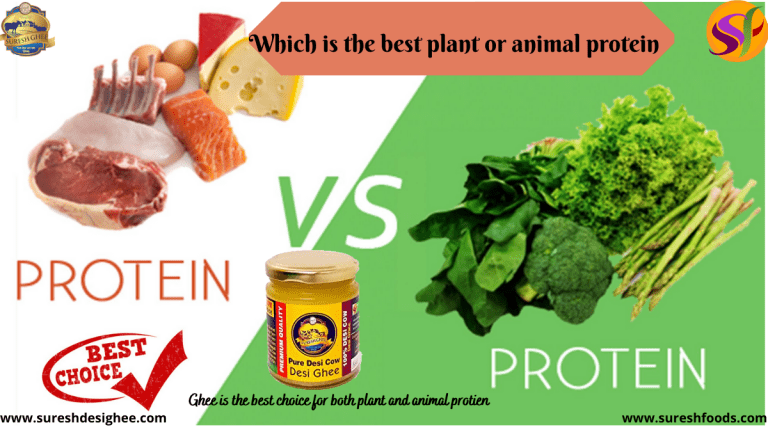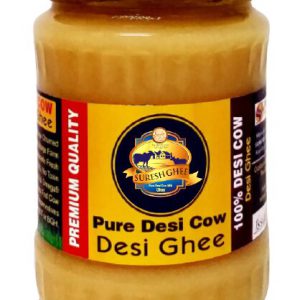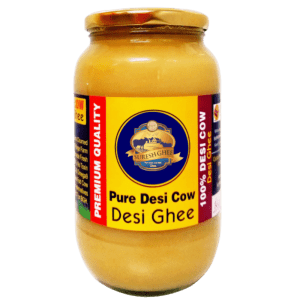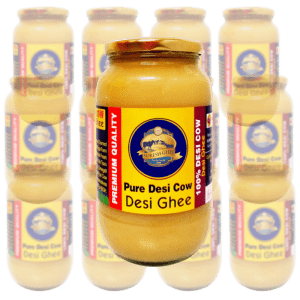The protein is present in the whole body, in everything from the muscles and organs to the bones, skin, and hair. The body does not need protein like it does other macronutrients, so this protein has to be taken from the meals.
Proteins are made up of amino acids. A person’s body requires a balance of all. One of the major differences between plant and animal proteins involves their amino acid contents. Amino acids are the boosting blocks of protein.
When the body is ready to digest the proteins in the diet, it converts them down into amino acids. The body may need variable amounts of amino acids at different times.
Many people recommend that the diet should infuse complete sources of protein, which includes all nine essential amino acids.
WHAT IS PROTEIN?
First, let’s know what protein actually is,
- Protein is one of the three macronutrients that can be obtained from both animal and plant-based foods.
- Protein promotes us with 4 calories per gram and makes up 15% of our body weight.
- Protein is a build-up of amino acids, which are often meant as the boosting blocks of protein.
- Amino acids are useful to boost protein and protein aids in the building blocks for muscle mass.
PLANT PROTEIN VS. ANIMAL PROTEIN: THE BASICS
There are many ways to infuse protein into your diet. While animal proteins are assumed to be most complete, there are certain plant-based proteins are-
Let’s take a look at the verification between plant and animal proteins, and what foods you will wish to consume to make sure that you are infusing enough protein. Animal proteins are often considered an ideal protein source since they are completed.
Since the body relishes on food to get enough complete proteins, it’s essential to make sure that you are getting enough. However, there are some things to pay attention to when it comes to animal protein.
- How animal proteins are used in the body: The way animal protein consumptions in the body also promote them is quite different from plant-based proteins. Since animal proteins are more efficient. The protein structures in our body are used quickly and are more easily available in the body once ingestive to go to work and regulate our cells and muscles.
- Quality: The first thing to keep in mind is the properties of the animal protein. Traditionally meats may come from animals that were connected with steroids, antibiotics, and Intake a diet full of grains, soy, corn, and inflammatory foods. This is where grass-fed and organic meats are considered. If you can manage to eat grass-fed or organic meat when it accounts for animal proteins.
- High-quality animal protein sources: Be supportive of quality, some great sources of animal protein involve pasture-elevated eggs, chicken, turkey, and wild-caught fish. High-quality dairy like full-fat Greek yogurt, in moderation, can also be a good alternative.
- Animal proteins to avoid: There are some animal proteins you will want to neglect or at least stop in your diet. Things are like cold grazing are very high in sodium and should be maintained to a minimum level. Other preserved meats like bacon, sausage, hot dogs, and red meat should also be limited.
While not all plant-based protein sources are meant to be complete, there are some of those areas that, as long as you are infusing different types of plant-based protein feeds into your food, you will be taken care of.
Read More : 7 impressive desi ghee benefits
Here are some points to maintain with you when you are thinking of consumption of plant-based protein:
- Plant-based protein sources: Hemp seeds, chia seeds, buckwheat, spirulina, and quinoa are all the best complete plant-based proteins to infuse into your diet.
- Adding variety: While it was once recommended that we require combining plant-based foods to produce complete proteins at each meal, we now know that including versatility in a whole day is enough. Consumption of a variety of plant-based protein sources like nuts, seeds, beans, buckwheat, and quinoa with each meal is enough to ensure that you are making a balance of protein in your meal.
- sources of plant proteins: You would get surprised at just high protein-loaded some plant-based foods, vegetables such as broccoli which contain almost four grams of protein per cup. Other rich sources of plant protein include all varieties of beans (black, kidney, garbanzo, navy), lentils, nuts, seeds, oats, buckwheat, quinoa, tempeh, asparagus, brussels sprouts, and dark leafy green vegetables.
Some animal proteins are good sources of:
- fish
- different types of eggs
- Dairy elements, such as cheese, milk, and whey
- Red meat obtained from cows, bison, and deer
Ghee is the best choice for both plant and animal proteins
Buy Cow Ghee Online: Order Now. Free Shipping
- It’s probably essential to insert ghee in proper amounts occasionally when you have cravings for butter, but it’s still best to stick to plant oils such as olive and avocado oil instead of ghee for heart health.
- Ghee is probably better for heart health when it comes to sugar.
- If you’re lactose intolerant, ghee is a better alternative for you than butter.
- Ghee is really having a moment. Popular diets like keto, paleo, and whole 30 have taken this ingredient from unknown glass jars in the grocery store aisle to VIP status. But what exactly is it?
What is ghee used for?
There are many alternatives for using desi ghee. Cooking with pure desi ghee is preferred over whole butter for high-heat cooking, like frying fish and roasting. Steamed lobster composed of withdrawn solid milk is another utilization for ghee and some people also use it for smearing.
The keto diet is trending worldwide so the use of ghee in coffee is another wonderful use. The American heart association suggests 5 – 6 % of total calories from saturated fat since food that contains saturated fat is to decrease the blood cholesterol levels and regulate the blood fat profiles.
From this view, ghee is not referred to as healthy on overdose, since 1 tablespoon of ghee is on a daily limit. Plant oils like extra-virgin olive oil and avocado oil are less saturated fat but ghee is still your best in most dishes.
It’s just a varied form of butter minus the lactose. Ghee is made by heating up regular butter over-cooking and separating the milk solids and water.
Also referred to as clarified butter, chefs prefer cooking with ghee because it has a higher smoke point than butter and enhances the pleasant nutty flavours to meals. And people who are allergic to milk products love it because it’s a tasty, nearly lactose-free ingredient for butter.
Read more : Cow ghee and its medicinal uses in Ayurveda
Conclusion
For many people, the comparison between animal and plant proteins includes a range of considerations. Rather than this, it is better to concentrate on a single type of protein, better to focus on consuming a wide variety of nutrients.
This can help to ensure that a person gets healthful management of amino acids and other vital proteins. Anyone with curious questions about protein requirements and sources should consult with a dietitian.
But my choice is to add Pure desi ghee to the daily diet plan. The question is there are many ghee varieties available in the market, which one has to choose from? I suggest you for buying desi ghee made by the Vedic method and you can order it online at: https://sureshfoods.com.







 WhatsApp us
WhatsApp us
Naveen m...